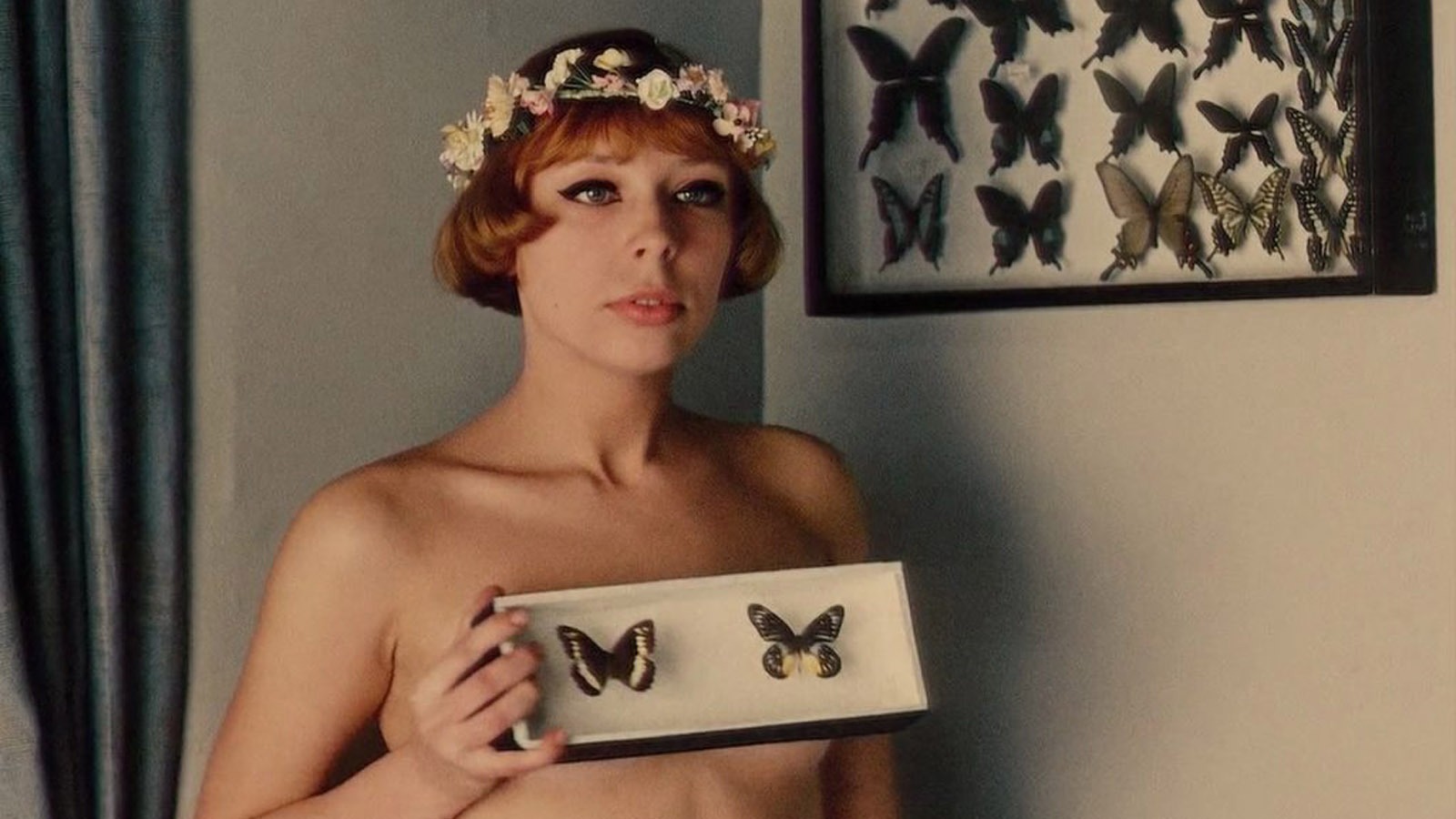From the Surreal to the Too Real

Sarah Elizabeth Mintz’s Good Girl Jane, in which a lonely high schooler falls in with a bad crowd, and Laura Checkoway’s The Cave of Adullam, a portrait of a martial arts master working with troubled students in Detroit, are the respective winners of the narrative and documentary competitions at Tribeca, which wraps this weekend. In other festival news, Telluride has invited Kantemir Balagov (Beanpole) and Kira Kovalenko (Unclenching the Fists) to be this year’s guest directors during the forty-eighth edition running from September 2 through 6. Talking to IndieWire’s Eric Kohn from Los Angeles, Balagov and Kovalenko explain why “we understood that we needed to get out of Russia” after Putin invaded Ukraine.
- Writing about the century-long dialogue between surrealism and cinema in the new issue of frieze, Ela Bittencourt focuses on Věra Chytilová’s Daisies (1966), Andrea Tonacci’s Bang Bang (1971), and Djibril Diop Mambéty’s Touki bouki (1973). The characters driving the narrative engines in these three films “are all spectral,” writes Bittencourt. “But their surrealist play and improvisation—nihilistic, illogical, and destructive as it may be—also embodies a hope that rupture may lead to lucidity and a new subjectivity. This is, in a sense, the uncompleted project of modernity that contemporary cinema has inherited.”
- In an outstanding piece for the Baffler, Joel Whitney explains why Graham Greene considered Joseph L. Mankiewicz’s 1958 adaptation of his best-selling novel The Quiet American to be “a complete travesty.” Narrated by a British journalist, the story is set in Vietnam as the French military prepares to withdraw from Indochina and the U.S. is about to stumble headlong into a tragic quagmire. “What Greene was trying to say about American ignorance and arrogance in foreign affairs was distorted—in fact, turned upside down by a Cold War, McCarthy-era fear of bringing a movie to the public that might be seen as ‘anti-American,’” writes Whitney.
- Throughout the twenty-five years since his first feature, La vie de Jésus, premiered in Cannes, Bruno Dumont “has continued to fracture whatever illusion of consistency could be wrenched from his filmic construction,” writes Patrick Preziosi at In Review Online. A former philosophy professor and industrial filmmaker, Dumont has created a body of work that ranges from bleak realism to absurdist comedy, all the while maintaining an “invisible style—clean widescreen, intuitive editing patterns, shallow focus close-ups.” Jésus is “a startlingly fully-formed work, and can function as a career-spanning Rosetta Stone,” even as it “also takes great pleasure in the possibilities of filming roaming bands of motorcyclists in 2.35:1, subtle genre homages more to something like Mad Max (1979), than, say, Au hasard Balthazar (1966).”
- When Hiro Murai began making music videos for the likes of Earl Sweatshirt, Flying Lotus, and FKA Twigs, he drew inspiration from the videos Spike Jonze had made around ten years before for such artists as Björk, Beastie Boys, and Weezer. Interview has brought the two directors together for a conversation about tuning into a musician’s sensibility, the role of the artist, and Atlanta, the show created by Donald Glover. Murai has directed twenty of the thirty-one episodes that make up the first three seasons. “From the first episode, Atlanta feels like this fully-formed idea,” says Jonze. “It’s very humanist, and even though it touches on a lot of political things, it doesn’t feel like it’s being politically didactic, ever.” Murai says that “we’re all contrarians, so we hate the idea that we’re all on a soapbox preaching to anybody. If anything, we want to be like, ‘What about this gray area? This is your stance on this issue or these people, but what if they were also complicated human beings?’” Jonze: “That’s it. And it feels like it was that from the beginning.”
- When Hong Kong filmmakers began taking their cameras out of the studios and onto the streets in the 1960s, the “pedestrians walking into their camera frames—whether rushing or strolling, lost in thought or lost in the crowd—became an indispensable breath of life in the cityscape,” writes Bryan Chang Wai-hung in an essay for the newly opened M+ Cinema. “Perhaps because they’re curious or they’re careless, pedestrians either linger as romantic onlookers, flee in terror, fail to leave the scene, or even join in the neuroses and conspiracies of the main characters. But now the camera must zoom out and return the pedestrian to the purest of scenery: the everyday of Hong Kong.”



